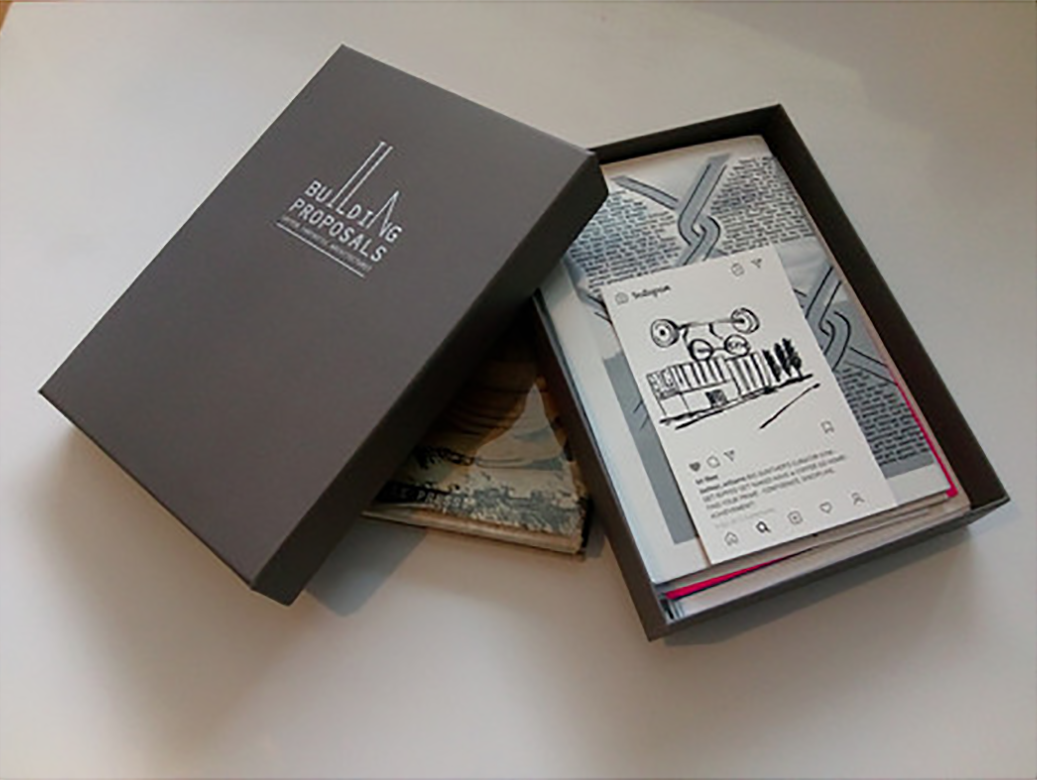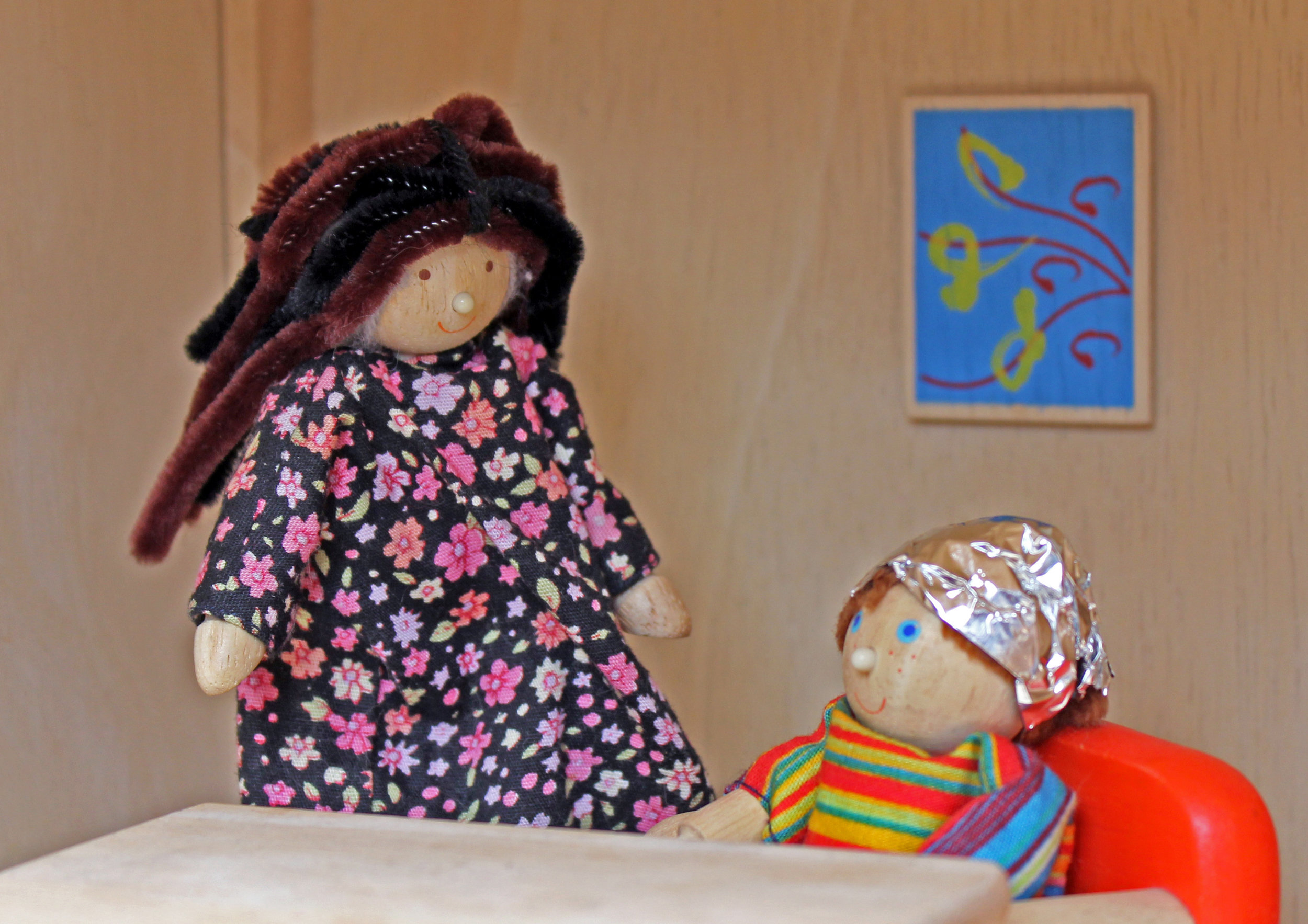There’s a bunch of interesting work-related things that I need to update on here, which I will get to in a separate post, but I just wanted to get this down whilst the thoughts are fresh - and confused - in my mind.
We all hate social media, right? It’s a digital sinkhole that steals your time and your ability to properly engage with things. It’s turning us all in to morons, but we largely view it as a necessary evil, or a bit of fun, or an essential tool to engage in creative discussions (which really means posting your stuff on instagram in the belief that it means the world won’t forget you.) But I honestly think we’ve reached the point where we need to have a much more serious discussion (with each other and ourselves) about the considerably wider problems of social media and how it’s not just destroying our brains but is also destroying the world (I’ll come back to this).
I’ve been thinking about this a fair bit since I had the pleasure(ish) and good fortune to listen to Adam Buxton’s podcast with Shoshana Zuboff. It’s a scary and fascinating interview, where she discusses some of the key themes that run through her book ‘The Age of Surveillance Capitalism’. Hear the interview, read the book. Many of the things she touches on are things we think we already know, but it really lays out the incredibly sinister web we all willingly leap in to every time we go online. She also appears as a talking head in the recent Netflix documentary, ‘The Social Dilemma’. It’s 1 hour and 45 mins long, which I guarantee is less time than you’ve spent looking at your smartphone today, so put your phone down and go and watch it.
I’m aware the documentary has had varied reviews, but as a starting point to begin rethinking and reeducating yourself about your own use of social media, I think it’s a great place to start. Most of the talking heads on there are people who have worked very high up in tech companies - the same tech companies that the documentary covers - so there’s a sense that it’s, at least, based on ideas from people who know what they’re talking about (fair enough, they might just have beef with their former employers, but let’s assume that’s not all of them).
One of the main things it discusses is how every moment we spend online is being used by algorithms to develop a more and more accurate model by which it can predict our next action - and in turn influence that next action. We kind of know that don’t we, but how often do we really think about it? One of the leading voices in the documentary discusses how this is creating an existential threat to humanity. Of course, the apps and us using them aren’t creating that threat in-and-of-themselves, but the wider societal impact they are having (such as our near total dislocation from concrete notions of truth due to fake news and misinformation) can, and currently looks like it will, lead to the destruction of democracy and, ultimately, humanity’s downfall. This is our lead in the water pipes moment. Even as I type this, I’m aware that it sounds like it’s bordering on conspiracy theory, but if you want one very quick example of this rapid decline, I’d urge you to go and watch Adam Curtis’s ‘HyperNormalisation’ documentary, which you can find on iPlayer.
That documentary came out in October 2016 - three months after the Brexit referendum and two month’s before Trump’s inauguration. When you watch it now, only four years on, it sounds pretty much like a prediction. The things that, four years ago, sounded so shocking in it, in relation to the power of disinformation etc., are now things we can see having a profound effect on our democracy on a daily basis.
I’ve digressed a bit from my original reason for this post, but it’s important to contextualise it. It’s impossible to inform yourself about this stuff and not be moved to see social media as one of the biggest existential threats we face today. But then what do we do about it? Our individual use of it feels a bit like the old idea of dropping rubbish - ‘my one bit of rubbish won’t make any difference’ - but then if everyone says that we end up buried under rubbish.
I closed my Facebook account a few months ago. I was bored by Facebook a long time before that, but in the middle of lockdown found myself scrolling it regardless, so decided to get rid of it. In honesty, I’ve not missed it, at all. The only thing I was concerned about was whether some of the more distant acquaintances I have on there, who I genuinely really like, would think I’d unfriended them. (Which I didn’t, if you’re reading this.) So, today, I’ve deleted the Twitter and Instagram apps from my phone, after posting messages directing people towards this website. I’ve no intention of ever going back to them, but this raises the question behind the title of this post - is it actually possible to be an artist or creative or self-employed business-person in this day and age without engaging with those platforms?
My website will become the sole online space through which I can communicate with the world and the world can, digitally, engage with me. But how does somebody drive traffic to their website if they’re not doing it through those other platforms? Is this decision financial suicide, in terms of getting commissions, exhibitions etc., as I’ll become all-but-invisible to the majority of people accessing those platforms?
It’s an interesting question, and one I guess I’m going to find out the answer to. With any luck it will drive me here more and make this blog more active but, again, to what ends if I can’t then shout about the fact I’ve posted a new blog via Twitter?
Check back in from time to time, see how I’m doing, and I’ll update you how it appears to be working out. If you remember I exist at all.




